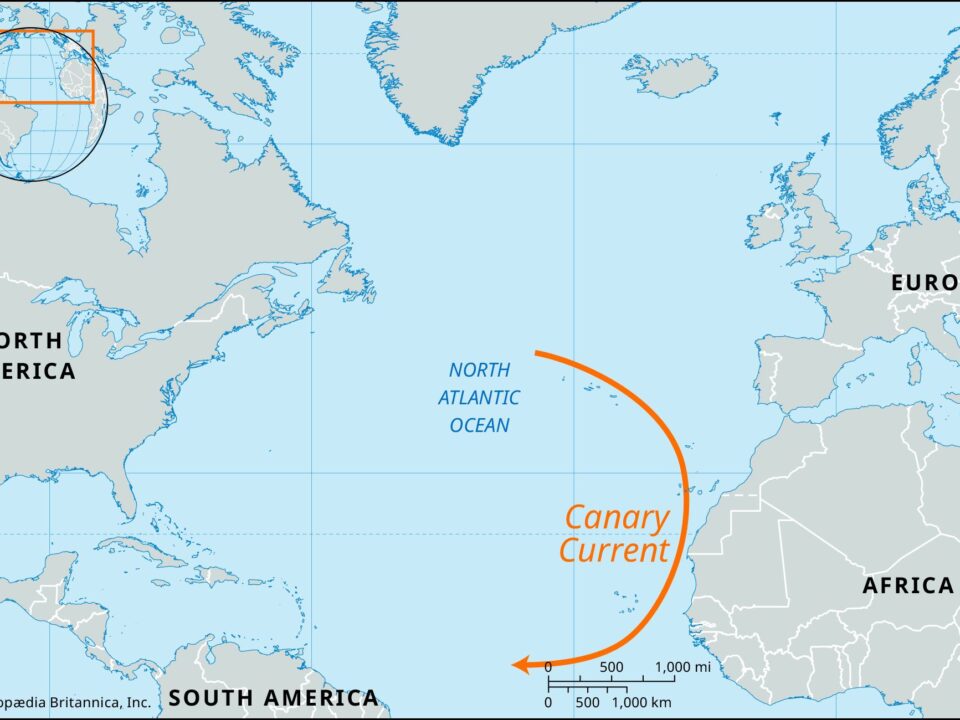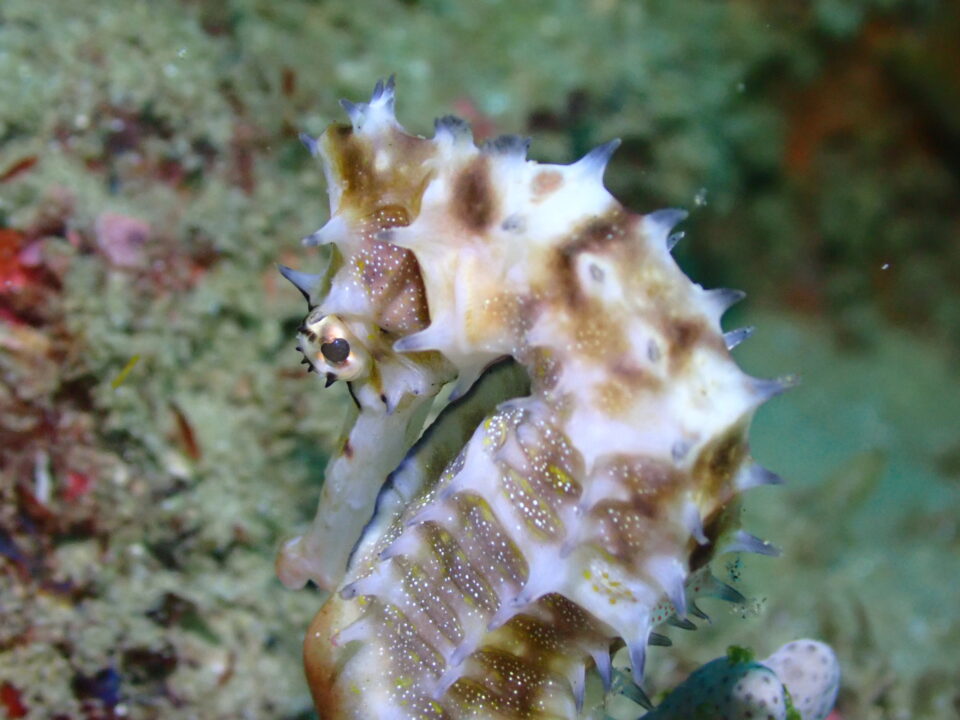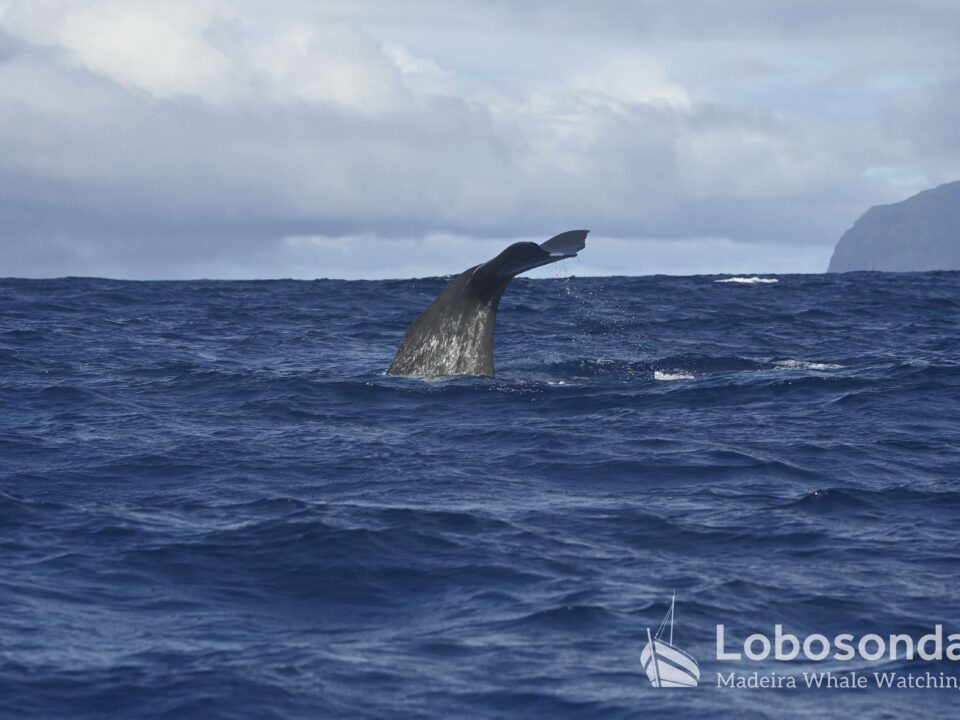
29.01.2019 – Foragers on the high seas
February 6, 2019
04.02.2019 – Recharging at the surface
February 11, 2019The sandy beach in Yaniklar, Turkey, is a tiny, little oasis squeezed amongst the dark grey pebbles scattered along the rest of the coastline. It is flanked by a limestone cliff with large looming trees crowded with birds, waiting patiently for the sun to rise. Suddenly a small part of the soft sandy surface collapses in itself and a little dark-grey head pops out to set its eyes on its formidable surroundings for the very first time. A little Loggerhead turtle (Caretta caretta) emerges from the soft substrate, clumsily clawing at the surface.
Its survival instincts immediately set in and the baby turtle scrambles hastily to reach the open ocean, where it will spend the rest of its life. The hatchlings clamber to the ocean is the most dangerous journey of their lives during which the greater majority will perish. Hatchlings find their way to the ocean using the brighter horizon created by the sun or moons reflection so if the nest hatches at night, artificial light pollution could disorientate the young turtles leading them away from their intended destination. If the hatchlings emerge after sunrise they face other perils; they expose themselves to countless predators lurking along the coastline and in the water.
Once they reach the ocean, hatchlings search for some floating debris that will provide the little reptiles with food and shelter, ideally a larger algae such as Sargassum, before resting and feeding in offshore waters during their juvenile phase. As they roam the oceans, the greatest threats marine turtles face are those created by human activities. Fishing lines, nets, plastic pollution and boat traffic have claimed countless turtle lives. On average, only one in a thousand hatchlings is expected to reach the sexually mature age, which ranges from 17-33 years depending on the habitat. The Loggerheads of Yaniklar will spend the majority of their lives swimming through the Mediterranean Sea but a few also migrate into the Red Sea or the Atlantic Ocean. However, no matter how far they wander, female turtles will one day return to the beach where they had scrambled to the ocean as hatchlings to lay a nest of their own.
Female Carettas nest every 2-3 years, with each clutch containing up to 110 ping-pong-ball-like eggs laid about 1m into the substrate. They often come to the beaches at night to lay their nests, usually at times with high lunar illumination. Here the challenge is to pick a suitable spot; one that that isn’t too far from the waterline, to spare the hatchlings a longer journey but also one that isn’t too close to the ocean, to prevent the nest from being flooded. Slight disturbances on these beaches can cause highly sensitive nesting turtles to lay their nests too close to the waterline or make them rush back into the ocean. Several nesting beaches still aren’t protected and are subject to destruction and pollution.
Before completing my first degree in Biology, I volunteered at the Sea Turtle Course, a collaborative conservation project between the University of Vienna and selected universities in Turkey to protect nesting Carettas in the Fethiye region. Here we marked nests laid by Loggerhead turtles and monitored them until they hatched, to save as many hatchlings as we could. The saved individuals through similar projects worldwide, combined with collaborative efforts within the fishing industry and rescue centres as well as a string of awareness campaigns have contribtuted to a slight recovery in Loggerhead turtle populations.
Of course the fight isn’t over; these highly vulnerable animals require more scientific research and conservation work if we want them to stick around.
After witnessing large females lay nests, helping rehabilitate juveniles in rescue centers and watching hatchlings emerge from their nests, I now have the pleasure of occasionally encountering them in all their glory during whale-watching trips out on the open ocean.
Here in Madeira we mainly encounter juvenile turtles basking at the waters surface, a resting behavior that supports thermoregulation and digestion. A recent study by local scientists showed that turtles spend the majority of their time at the surface during the daytime and prefer doing so when it’s a little less windy, to absorb the suns rays the best they can. Even at night illumination matters; nocturnal basking behavior was postively correlated with high illumination periods of the moon, representing resting periods during clear-night foraging activities.
Turtles aren’t the brainy marine mammals we search for during our trips but that doesn’t make them any less significant and vital to marine ecosystems. Considering their hard-knock lives, we can truly be thankful for every single turtle encounter.
By Paula Thake




